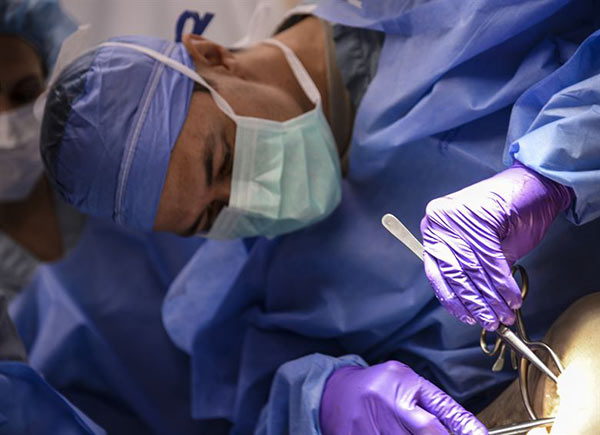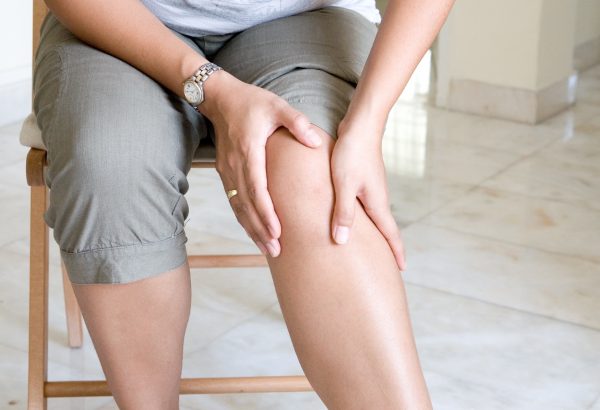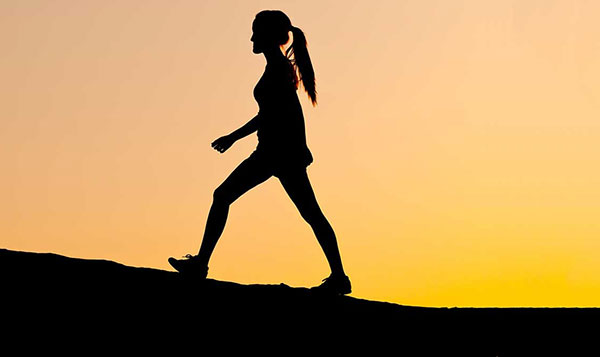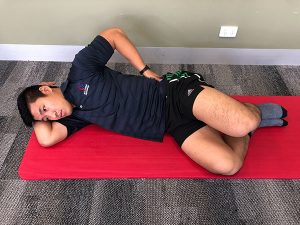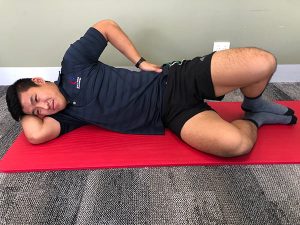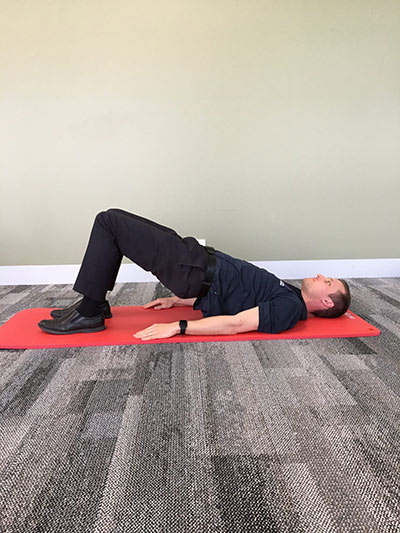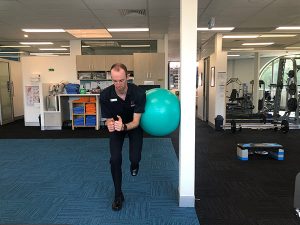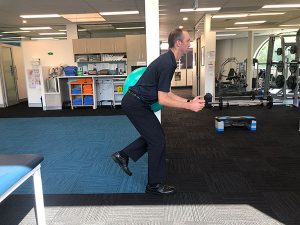Best Rehab Plan After Total Knee Replacement Surgery
New knees! TKR! A bionic knee!
Whichever you like to call it, a total knee replacement is fast becoming a very important operation within our society. Replacing a joint is a safe and effective procedure to relieve pain. Furthermore, correcting leg alignment and the ability to assist you to return to normal activities can be a life changing experience!
Improvements in surgical materials and techniques have greatly increased a replaced knee’s effectiveness and longevity. I have seen cases where an 18 year-old replaced knee was still going strong for a client in her 90’s. A total knee replacement (henceforth ‘TKR’) is one of the most successful procedures in modern medicine. And we are very blessed to have access to some brilliant orthopaedic surgeons here in Canberra. If you or your GP are unaware of a good surgeon, then Sport and Spinal Physiotherapy can lead you in the right direction.
Total knee replacement – should you have one knee or two?
The jury is still out on this. I have seen both sides to the equation. The question is timing. There is very limited empirical evidence on the debate as to whether you should get one or both done at the same time. In my experience I am going to sit on the fence! It is a case-by-case situation. Proper consultation with your Physiotherapist, Surgeon and General Practitioner is required. Input in to what you have coming up is also of consideration. An example of this is a holiday in 3 months time. In this case, I would advocate for 1 knee, not 2.
Conservative management after total knee replacement
Generally speaking, a trial of conservative management is an excellent approach to look into if you begin to have issues with your knee(s). This is where Physiotherapy and Exercise Physiology really comes into play. The focus here is to set you up with a detailed program.
This involves looking at the why- why are your knees hurting? Is it footwear? Are you lacking strength in your glut muscles? Is there a tight iliotibial band? Does your lower back impact on how your knee is bending? Are your knees really lacking cartilage?
It is amazing to see the results here at Sport and Spinal Physiotherapy. We use a lot of mirrors in our practise in order for real time feedback to assist you. This way, technique of how to do a single leg squat, for example, is analysed properly.
Furthermore, low impact exercise is crucial in the conservative stage. Cycling, walking, pilates and swimming are all great cardio-based exercises. Combining this with a lower-limb strengthening plan and you are off and walking quickly!
First 2 weeks after total knee replacement
I’ve got to be honest here. The first 4 weeks is particularly unpleasant. Mobilising with crutches or a stick. Sleeping poorly. Probably on a few good medications to cope with the pain. No driving. You don’t want to go through this stage too much in your life.
Once the wound has been checked (finger still crossed for no infection!) around the 7-10 day mark, you should start to be able to put more weight through the joint. It is a good time to commence Physiotherapy. The focus here is range of movement. Using a skateboard, for example, is an excellent exercise to partake in. Not to cruise down the street mind you! A seated exercise with your foot on the board, the goal is to improve the bend in the knee by gently stretching the quad muscle.
Weeks 2-6
There is a crucial muscle above the knee called the Vastus Medialis Oblique (henceforth “VMO”). Early recruitment and strengthening of this muscle is critical. Specifically, the VMO helps control the position of the kneecap. An excellent exercise to retain the VMO is to be in long sitting. You need a rolled up towel underneath your knee. The goal is to try and straighten your knee by “pushing” the towel into the bed. Sounds simple!? The VMO wastes very quickly post-op TKR. If you can build up to multiple 10 second holds in the early rehabilitation stage, then you are well on your way.
Walking properly is often understated as well. Considerations here should be: slow, focus on heel-to-toe and “trusting” your knee through the stance phase of gait. There are many things a client can work on at home. This includes: building up the calf muscle (calf raises), stretching the hamstrings (with a towel) and by balancing on your single leg whilst holding onto a bench or wall.
Medium-term
Once the surgeon has given the all clear at the 5-6 week mark, you should be well underway to a dedicated strengthening plan. The medium term goals (weeks 6-13) revolve around getting back to pre-op movements and sport (with limitations). An ideal strength plan is illustrated for you below.
Strengthening exercises to focus on after total knee replacement
1. Clams
Lay on your side. Lift up your knee to build strength around gluteals.
2. Bridge
Lay on your back. Lift your backside off the bed to build strength around hamstrings.
3. Single leg squat
As the name suggests. Aim to have most of your weight in the heel to target gluteal control. Please be close to a bench or wall or use a swiss ball!
Repetitions should be to fatigue to build up some endurance in the muscles in the lower limb.
Long-Term prognosis
After 3 months, you should be moving “pretty” well. Further loaded activities such as trail walking and gym classes should be a feature here (if that is your goal). Normal function of the knee to the point where you don’t notice it anymore is a great comment we love to hear at Sport and Spinal Physiotherapy.
Finishing up
Undertaking a TKR is a tall order. It involves a fair amount of pain. A lot of work in the gym with your Physiotherapist. A great deal of patience. The end goal, however, is clear to see. A knee that is fully functioning should keep you moving well into your later years. As always, if you ever need advice or direction, we are happy to help out. Stay strong people!
